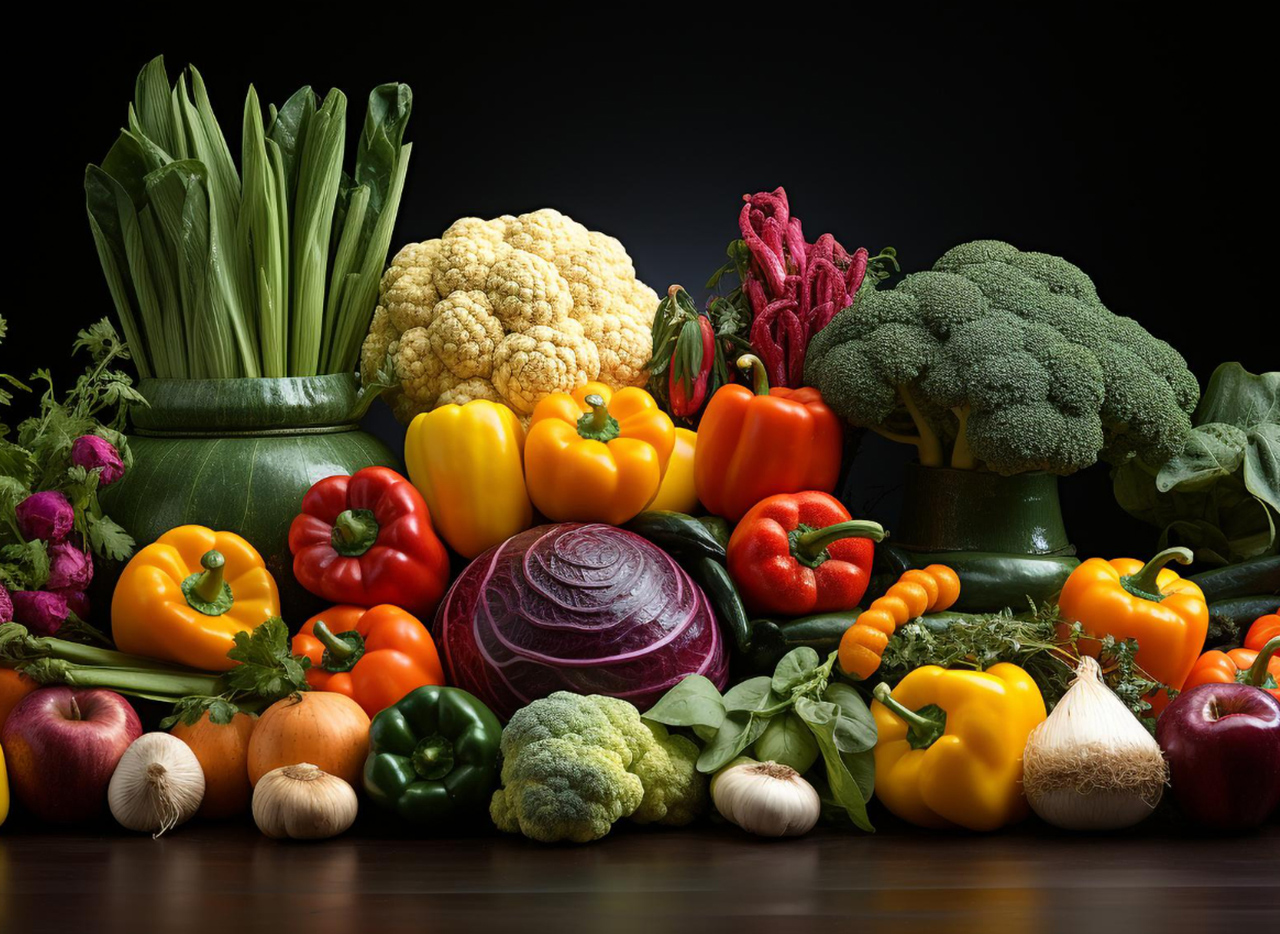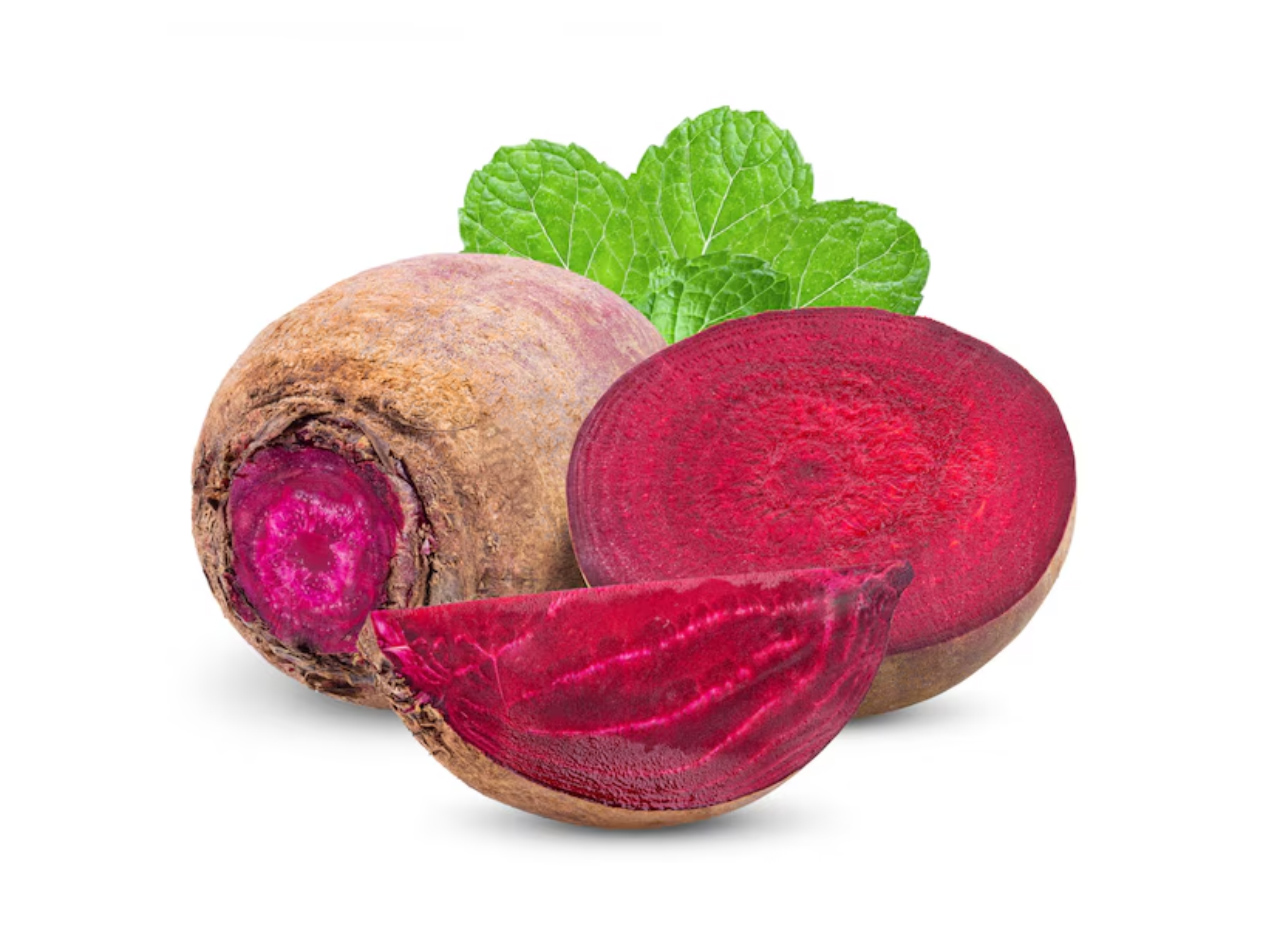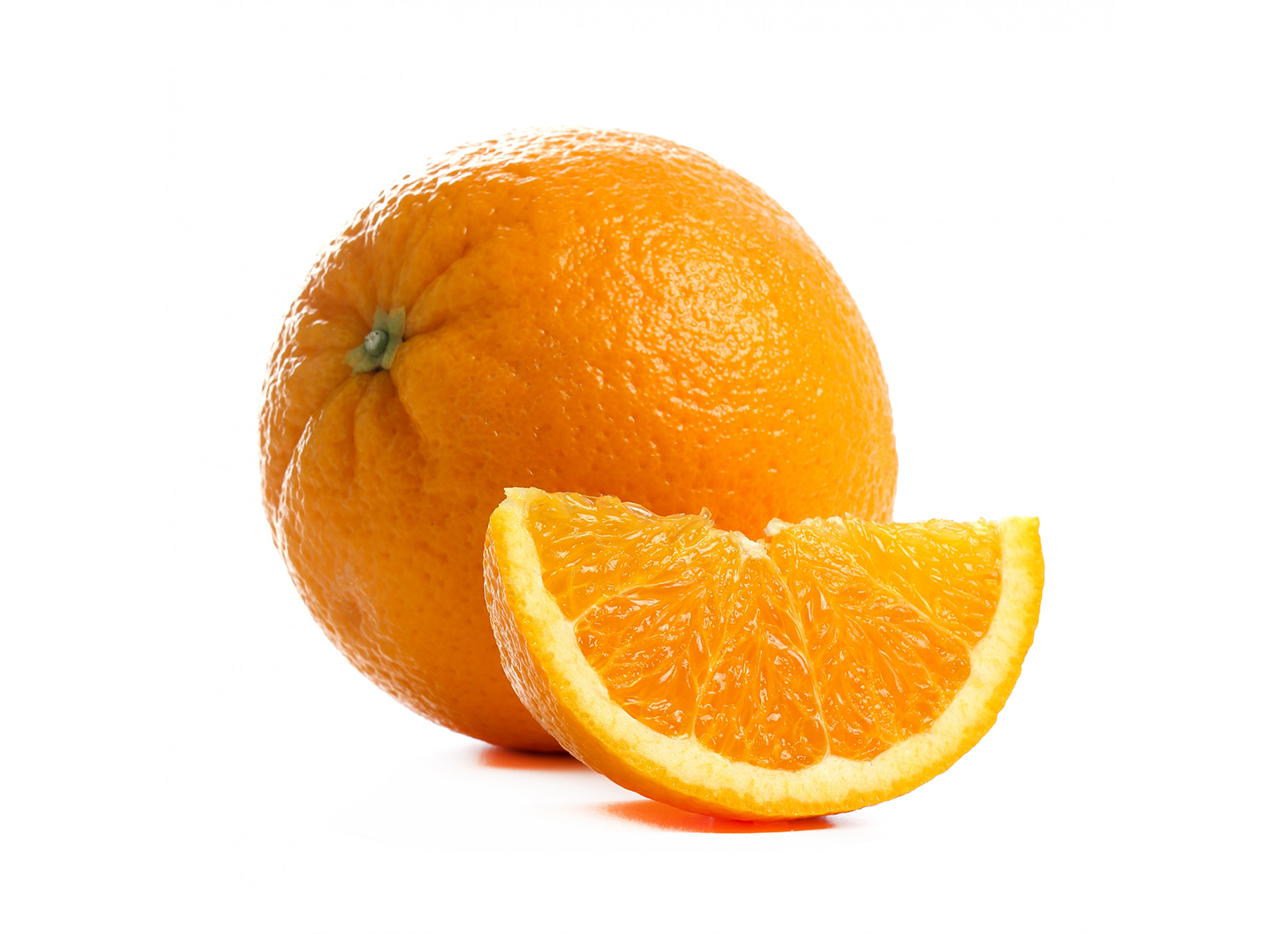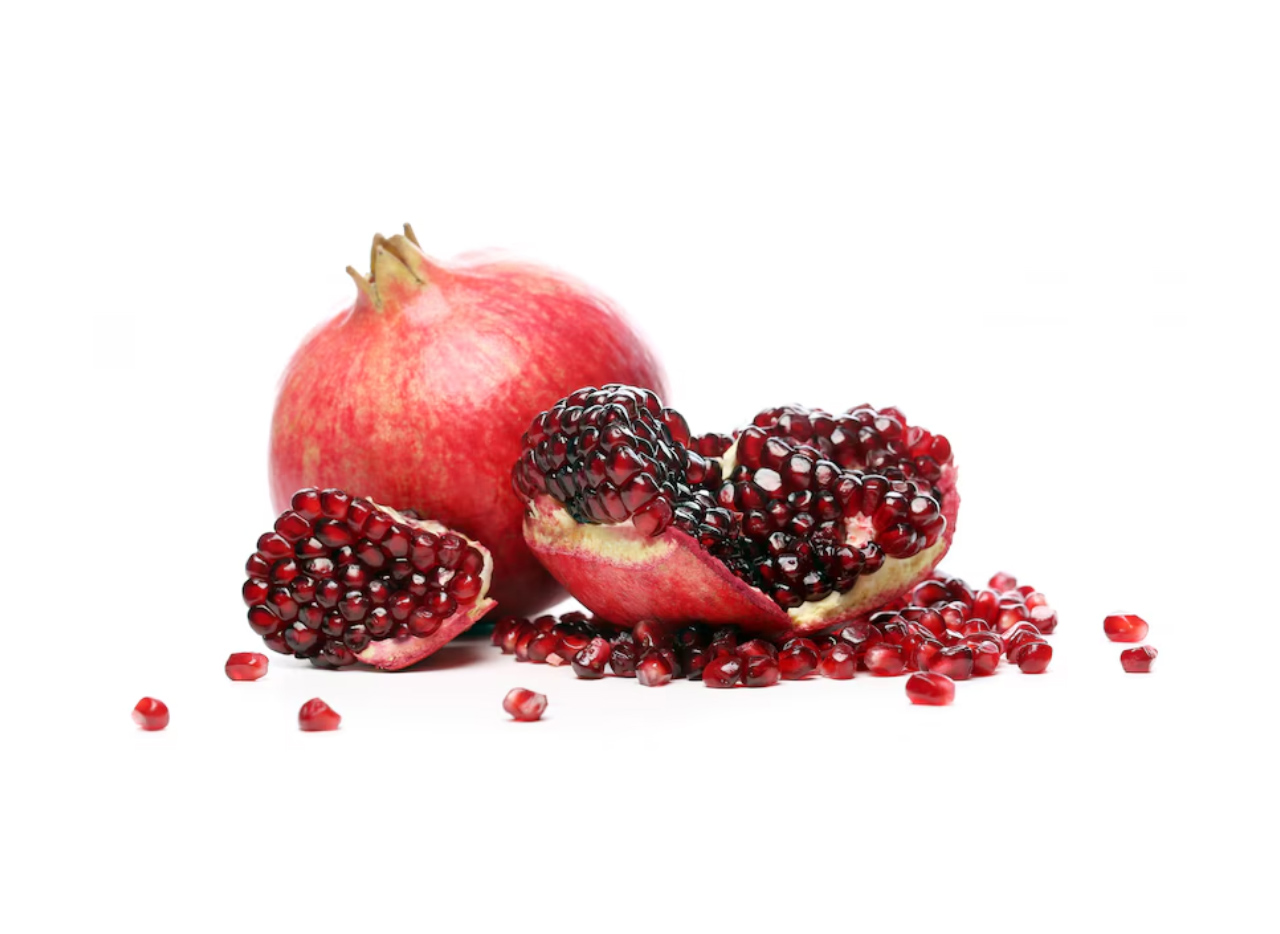The Himalayas are the origin of the mango, where some of the original wild mango trees still grow. Their fruit is small, bitter and tough, making them unsuitable to eat. The history of mango cultivation goes back for 4,000 years. The 60 foot high mango tree is evergreen.
Mangos are a sub-tropical fruit, requiring a long hot period to properly set the fruit. More mangos are eaten fresh than any other fruit in the world. There are over a thousand varieties of mango. The enzymes in mangos are tenderizing as are the enzymes in papaya. Mangos help to lower cholesterol, the fiber content is a wonderful aid to digestion regularity and they are rich in the vitamins A and C.
They provide more carotinoids than other fruits, They are also low in calories. Ripe mangos have a pleasant fruity aroma and will yield slightly to pressure. Ripe mangos may have a variety of colors, being red, through orange, yellow, to green when ripe.
As with other similar fruits, unripe mangos may be kept in a paper bag for a few days to entrap the ethylene gas that is naturally generated, promoting the ripening process. They are available from spring to fall. The best are to be had in mid summer.






